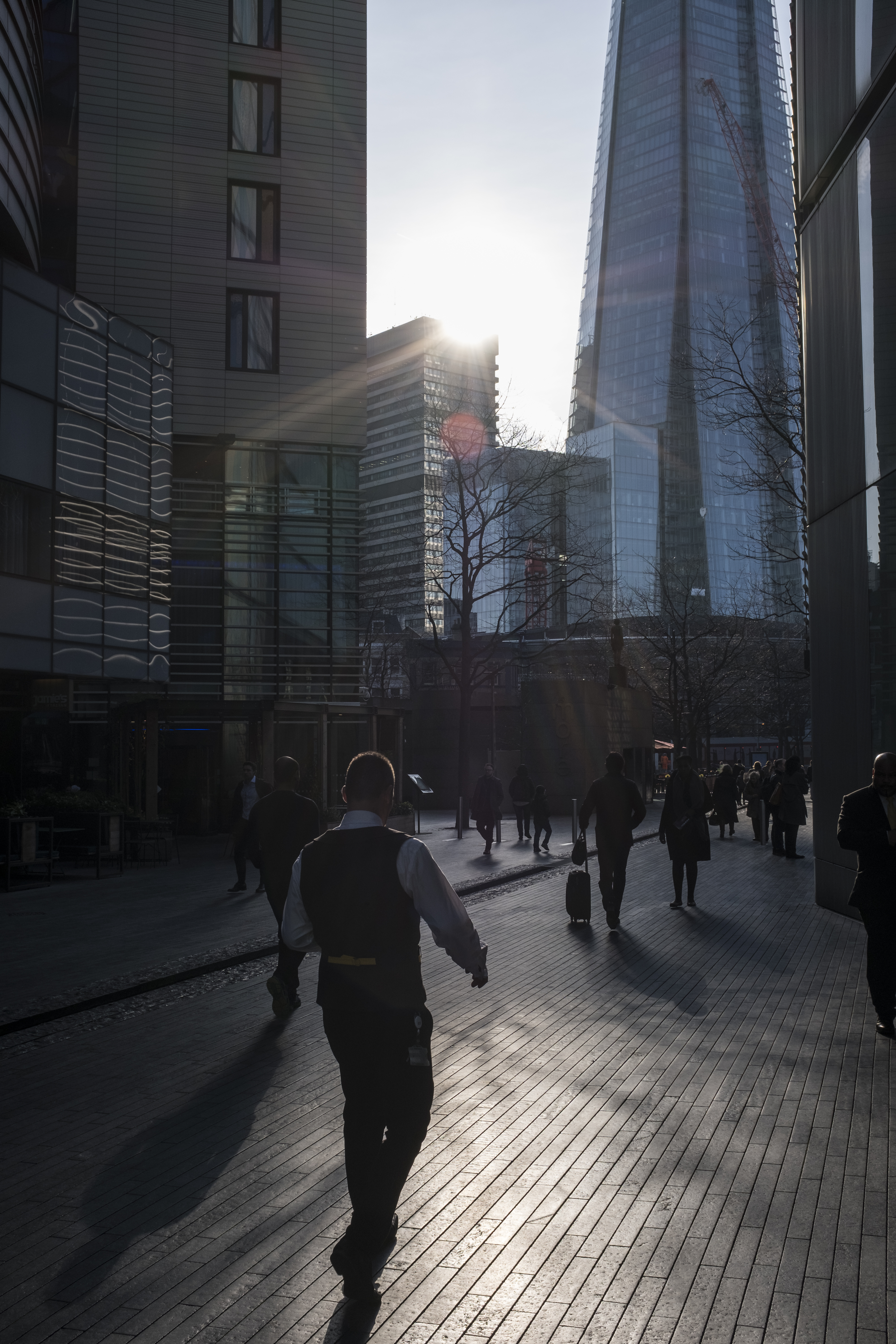Why you can trust TechRadar
Performance
- 8fps burst shooting
- 390-shot battery life
- 0.5 secs start-up time
Though it's not designed to be an action camera, the Fujifilm X100F can still rattle off a very respectable 8fps in burst shooting mode should you need it, shooting a consecutive 60 JPEG files or 23 uncompressed raws. If that feels a bit like overkill, the frame rate can be reduced to 5, 4 or 3fps should you wish – you also get the benefit of the live view feed in between shots when you drop the speed from the upper limit.
A welcome but unglamorous upgrade to the X100F over its predecessors is a new battery, the NP-W126S borrowed from the company’s X-series mirrorless range. This packs much more power (7.2 volts compared to 3.6 from the old NP-95 used by the X100T), and boosts battery life from 330 shots to 390. Not only that, but because the user interface now displays battery life as a percentage, you can have a much clearer idea of how much juice is left than from the three bars that either displayed as full or empty on older models.
The optional electronic display in the bottom right of the frame works really well
With the camera raised up to your eye and with the electronic viewfinder selected the display is nice and bright, and while it's not the largest out there, it doesn’t feel cramped to look through either.
Flick the viewfinder lever on the front and the optical display provides a more traditional way of shooting, and one which you may favour in poor light or when focusing manually – the optional electronic display in the bottom-right of the frame works really well here.

The rear 3.0-inch display on the Fujifilm X100F doesn’t improve on the one found on the X100T, but it’s still very good – it’s crisp and bright, with plenty of detail. The omission of a touchscreen could be seen as an oversight, and while it would have been nice to have this functionality when playing back and reviewing images it isn’t a concern when shooting, thanks to the amount of easily-accessed controls. You could also argue that it would be nice to be able to tap to focus, but the new joypad makes AF point selection a doddle.

The X100F’s TTL 256-zone metering system does a solid job, and you have the luxury of getting real-time exposures in the EVF or rear display, while should the need arise to dial in some exposure compensation, the new ‘C’ exposure compensation mode makes this a quick process.
Image quality
- ISO200-12,800, expandable to 100-51,200
- Film simulation modes
- +/-5 EV exposure compensation in 1/3 or 1/2-stop increments
We’ve been impressed with the 24.3MP sensor used by the Fujifilm X100F in other Fujifilm cameras, such as the X-T2, and it doesn't disappoint here. The slight difference here, though, is that unlike the other X-series cameras this sensor’s been used in, the X100F is relying solely on its 23mm f/2 lens.
Sign up for breaking news, reviews, opinion, top tech deals, and more.
This lens has featured on all four X100 iterations, and even with the increased pixel count of the sensor here it delivers decent corner-to-corner sharpness. One issue is that if you use the lens wide-open at f/2 and focus close to your subject results tend to be a touch soft; but as long as you’re aware of this limitation, and stop down to f/2.8 or f/4, you can avoid this.
That aside, the level of detail resolved by the 24.3MP sensor is very good. As you’d expect, it does tail off a touch as the sensitivity range is increased, but even at ISO6400 things still look very good.
Sticking with the Fujifilm X100F’s sensitivity range for a moment, this is another strong feature, with results at the lower end of the sensitivity scale appearing to be very clean, with good color rendition. It’s only at ISO3200 that luminance (grain-like) noise in flat color areas starts to rear its head, with results at ISO6400 and ISO12,800 starting to see colors become a little more muted, while chroma (color) noise becomes more pronounced.

Most cameras now come with their own picture styles, but Fujifilm’s Film Simulation modes easily have to be the most successful. The Fujifilm X100F is packed with 15 of them, and they can produce some lovely results – we particularly enjoyed using PRO Neg standard for portraits, and Arcos for mono images – in some instances you may be more than happy with the processed JPEGs straight from the camera, rather than tinkering with a raw file.


Finally, the dynamic range is also very good - at low sensitivities it's easily possible to recover a good amount of detail in the shadows and highlights (as long as they haven't been clipped) in post-processing without the quality of image degrading. You can expect four stops latitude, while there's also Fujifilm Dynamic Range mode as well - the highest DR400 allows you to preserve a good amount of detail (with both JPEG and raw files), but this does require the sensitivity to be raised to ISO800.
Current page: Performance and image quality
Prev Page Build, handling and AF Next Page Verdict and competition
Phil Hall is an experienced writer and editor having worked on some of the largest photography magazines in the UK, and now edit the photography channel of TechRadar, the UK's biggest tech website and one of the largest in the world. He has also worked on numerous commercial projects, including working with manufacturers like Nikon and Fujifilm on bespoke printed and online camera guides, as well as writing technique blogs and copy for the John Lewis Technology guide.



